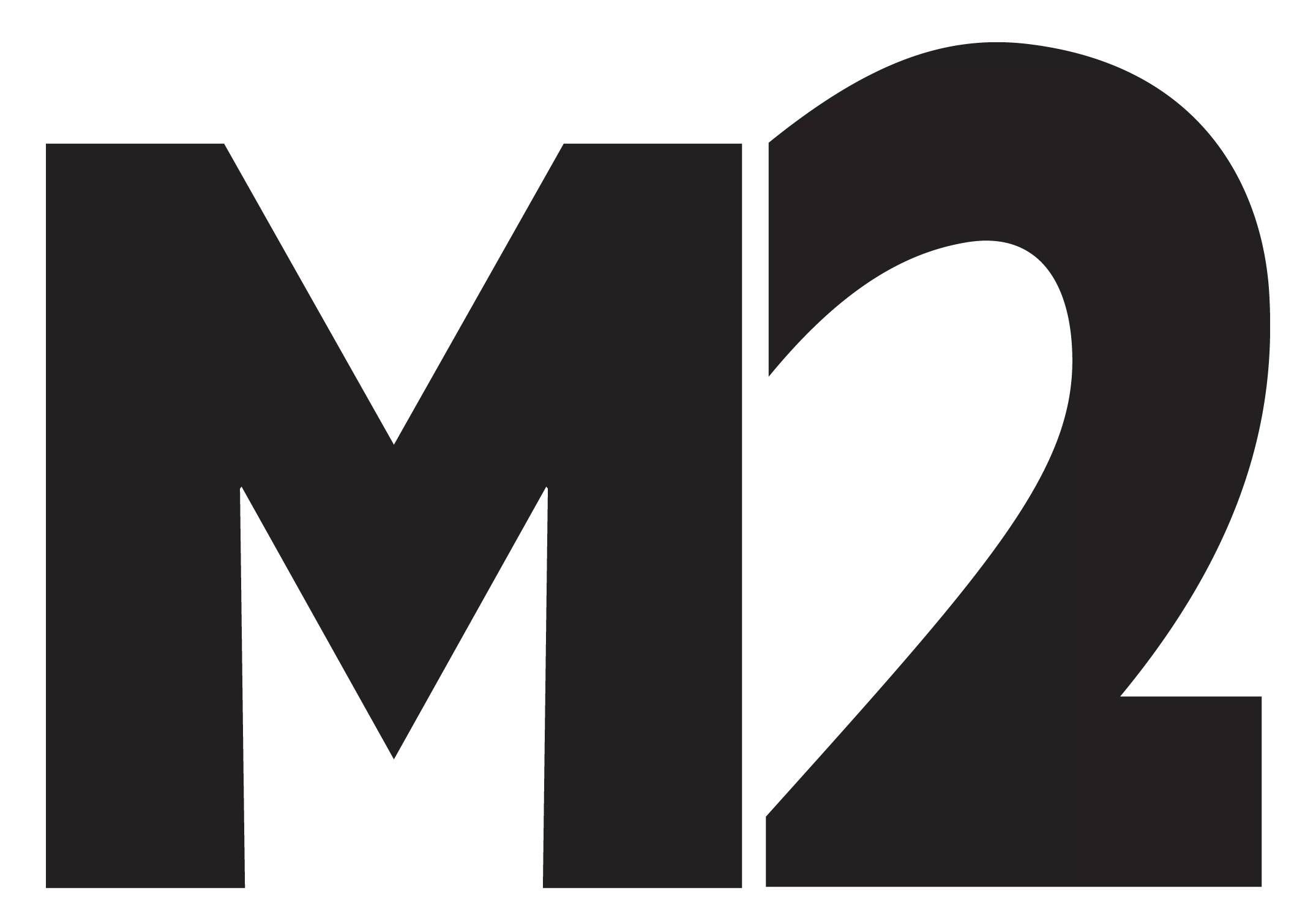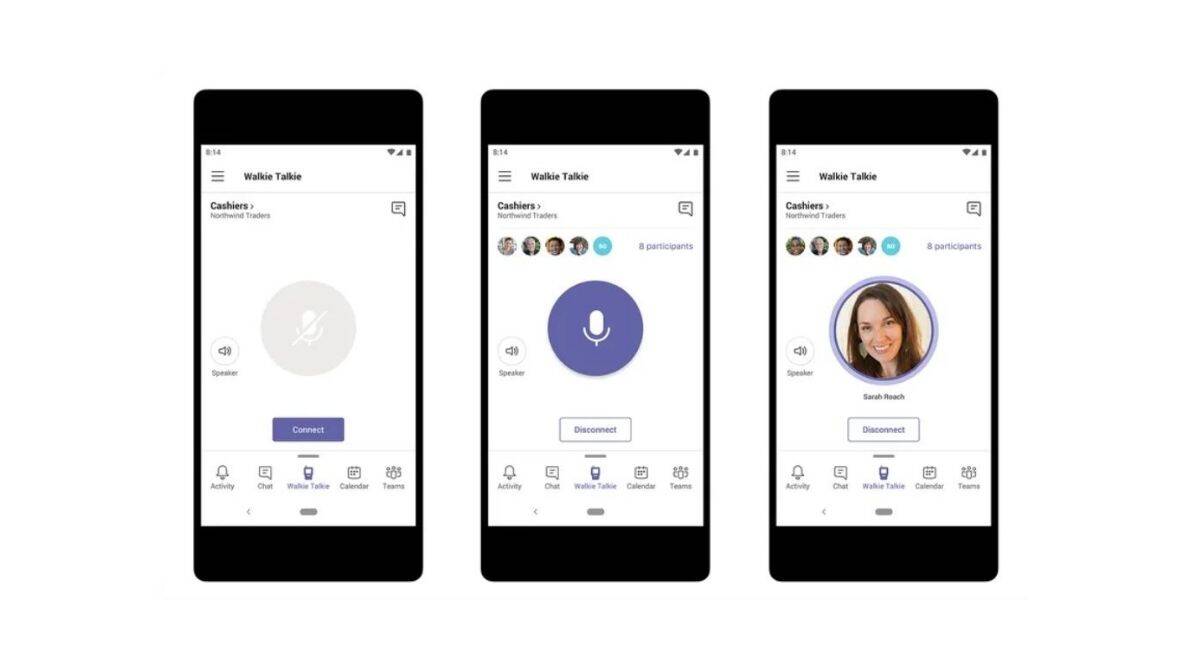The Walkie-Talkie Is Back, But Not How We Remember Them
Everyone of a certain age remembers their first walkie-talkie set. For me, it was a big clunky set of blue and yellow gadgets, highly impractical to say the least, but there was nothing cooler than walking around with a walkie-talkie like you were an international agent in a spy movie. But handheld transceivers have always served a larger purpose than just for kids fooling around in their backyard and the potential of the tech is maybe only now being fully realised.
You might expect only to see the walkie-talkie in the hands of security teams or those working in large practical operations but in recent years, the walkie-talkie has found its way into the hands of a much wider audience, albeit in different forms than the ones we might associate with the tech. Microsoft announced this week the launch of its version of a push-to-talk ‘walkie-talkie’ feature for its popular business communication software, Microsoft Teams. Now, you might be thinking, “hang on a minute, if you’re just hanging out at your desk at work, isn’t calling someone basically the same as walkie-talkie-ing them?” Well, kind of, but as I’m sure we all remember, the key to the walkie-talkie is the ability to pop in and out of a conversation without having to hang around on one long continuous call. This makes it an ideal feature for those working remotely (more common nowadays than in years past) who want faster communications with co-workers than email chains can provide, but at the same time don’t want to spend their entire day on calls.
Apple released a walkie-talkie feature for its Apple Watch back in 2018 and the addition has been well received; the feature has also become a particularly popular and important communication tool for frontline workers, for whom the need for efficient and secure long-distance communications has been so crucial during the COVID-19 pandemic. Teams’ version was first announced over two years ago and has been available for some time in previews, but this week marked the official rollout for both Android and iOS devices.

